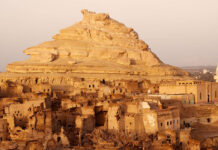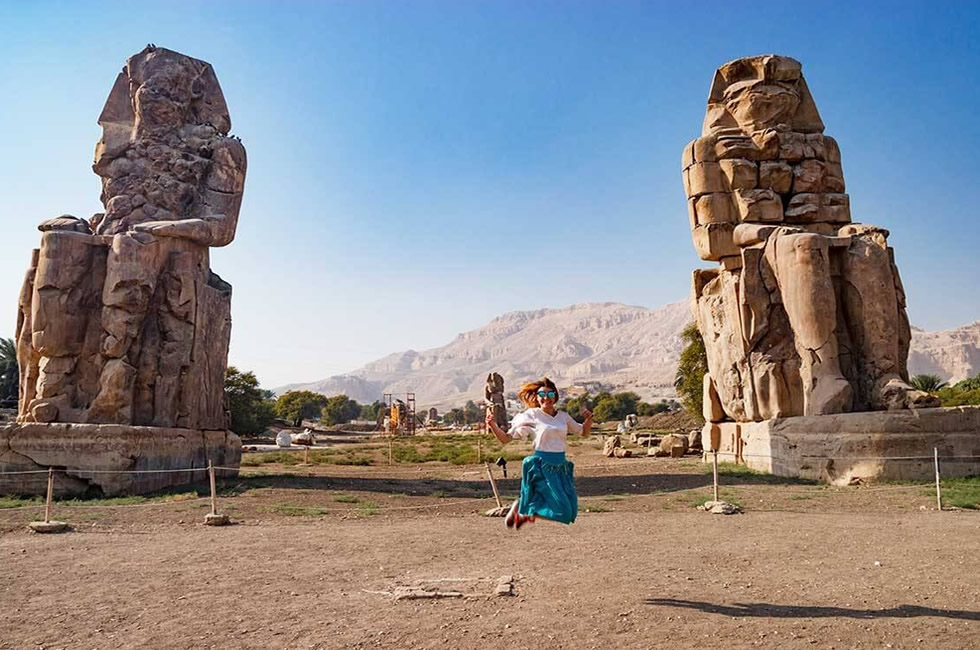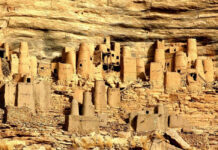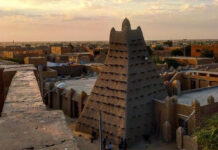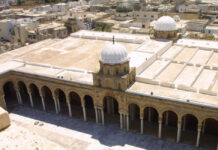When you visit Egypt, one of the major landmarks is the Colossi of Memnon, which makes tours here very interesting and extremely memorable. It is said that Amenhotep III constructed a mortuary temple in Thebes. Two statues guarded this temple on the entry gates. Today we see a 23 meter (75ftt) high collection of structures of the statues of Amenhotep III. They have been ruined by ancient tourists and nature yet the statues until today are very fascinating and impressive.
These two statues guarding the temple on the outside are known by the name of “Ruler of Rulers’. Then they began to be called Tammy and Shammy, which it is believed, comes from the words “left” and “right.” Today the tourists call the statues “Es-Salamat” and “El-Colossat.” Made out of quartzite blocks brought from either Gebel es-Silsila and Giza these statures depict the family history of Amenhotep. The statues depict Amenhotep III with his mother Mutemwia while the southern statue shows Amenhotep III with his wife Tiy. One of his daughters is also shown in it. There are many structures showing the Nile gods meeting together which symbolizes Upper and Lower Egypt.
The statues came to be known for a bell-like tone that they used to evoke and it used to occur in the morning. This is said to be a result of the humidity and temperatures. So they got compared with the figure of Memnon who was the son of Aurora the son Eos who was the Egyptian goddess of dawn. If you are given a song then it meant that you are in favour of gods. It is said that Septimius Severus wanted to repair the statues in the year 199 AD and he silenced them forever by mistake.
Legend has it that after an earthquake in the year 27 BC a portion of the northern colossus broke down and from that time the statue started evoking a very peculiar musical sound. Roman and Greek tourists came to hear the sound and named the statue Memnon who was a Trojan hero who was the son of Titan and Eros. Memnon is said to have sung a song to his mother every morning at dawn. It is said that the musical sound is produced by the effect of the sun falling on the stone, which resulted in the sound being produced. When Septimus Severus tried to repair the statue in the third century, the singing suddenly stopped. So the entire region of western Thebes began to be called Memonia.
Each statue rests on a huge plinth made of granite. Behind the statues on the columns, you find written texts of Amenhotep III, and on the lateral sides; you would find scenes depicting the same symbol. The legs of the king’s statues are bordered by images of queen Tiye, the Great Royal Wife, and Queen Mutemwiya. his mother
Kircher the German company is involved in cleaning the colossi of Memnon and it has been trying to uncover all the grime and paint for thousands of years.


